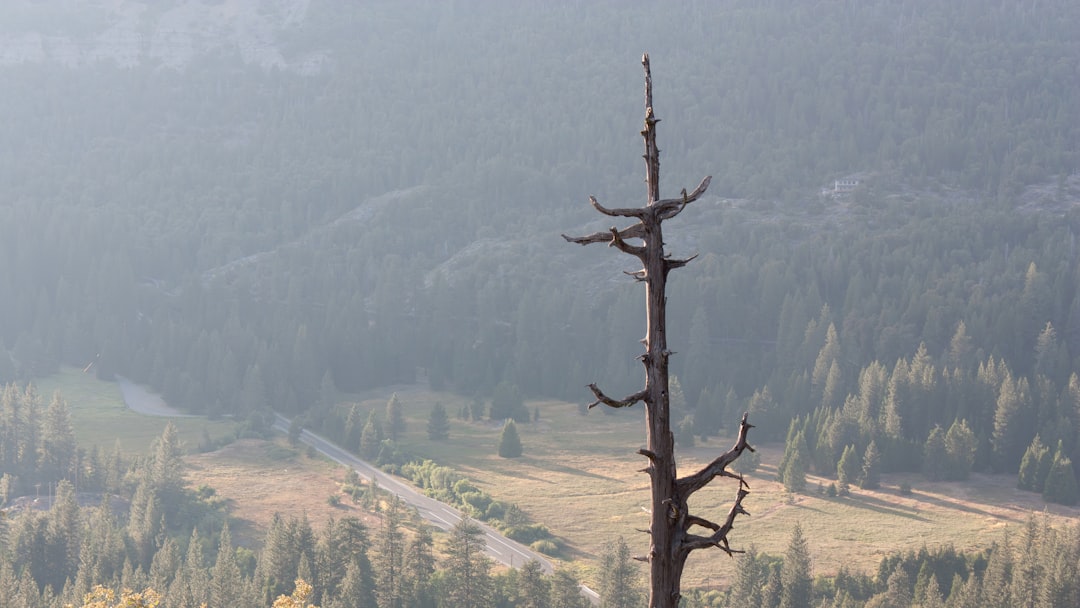Unleash Your Green Thumb: Crafting Stunning Container Gardens

Container gardens are a wonderful way to bring the beauty of nature into small spaces, balconies, patios, or even indoors. They offer flexibility, mobility, and the opportunity to showcase your creativity. In this guide, we'll walk you through the essential steps to create a thriving container garden.
Step 1: Choosing the Right Container
The first step in creating a container garden is selecting the appropriate container. There are various types of containers available, including pots, planters, window boxes, and even recycled items. When choosing a container, consider the following factors:
- Size: The size of the container depends on the type and number of plants you want to grow. Make sure the container is large enough to accommodate the root system of your plants and allows for proper drainage.
- Material: Containers can be made from different materials, such as clay, plastic, wood, or metal. Each material has its own advantages and disadvantages. Clay pots are porous and allow for good air circulation, but they can dry out quickly. Plastic pots are lightweight and retain moisture well, but they may not be as durable as other materials. Wood planters add a natural look to your garden, but they may need to be treated to prevent rot. Metal containers can be stylish, but they may heat up quickly in the sun.
- Drainage: Proper drainage is essential for the health of your plants. Make sure the container has drainage holes at the bottom to allow excess water to escape. If the container does not have drainage holes, you can drill them yourself or place a layer of gravel or broken pottery at the bottom of the container to improve drainage.
Step 2: Selecting the Right Plants
Once you have chosen the right container, it's time to select the plants for your container garden. When selecting plants, consider the following factors:
- Light Requirements: Different plants have different light requirements. Some plants prefer full sun, while others prefer partial shade or full shade. Make sure you choose plants that are suitable for the amount of light available in the location where you plan to place your container garden.
- Water Requirements: Just like light requirements, different plants have different water requirements. Some plants prefer moist soil, while others prefer dry soil. Make sure you choose plants that have similar water requirements so that you can water them all at the same time.
- Size and Growth Habit: Consider the size and growth habit of the plants you want to grow. Some plants grow tall and upright, while others spread out or trail. Make sure you choose plants that will complement each other in terms of size and growth habit.
- Color and Texture: Have fun with color and texture when selecting plants for your container garden. Choose plants with different colors, shapes, and textures to create a visually appealing display.
Step 3: Preparing the Soil
Before planting your plants, it's important to prepare the soil in the container. Use a high-quality potting mix that is specifically formulated for container gardening. Potting mixes are lightweight, well-draining, and contain the nutrients that your plants need to grow. Avoid using garden soil, as it can be too heavy and may not drain well in a container.
Fill the container about two-thirds full with potting mix. If you are planting multiple plants in the same container, make sure to leave enough space between the plants for them to grow. You can also add a slow-release fertilizer to the potting mix to provide your plants with a steady supply of nutrients throughout the growing season.
Step 4: Planting the Plants
Now it's time to plant the plants in the container. Gently remove the plants from their nursery containers and loosen the roots. Place the plants in the container, making sure they are centered and at the same depth as they were in the nursery container. Fill in the remaining space in the container with potting mix, gently pressing the soil around the plants to secure them in place.
Water the plants thoroughly after planting to help settle the soil and remove any air pockets. Make sure the water drains out of the bottom of the container.
Step 5: Caring for Your Container Garden
Once your container garden is planted, it's important to care for it properly to ensure the health and growth of your plants. Here are some tips for caring for your container garden:
- Watering: Container plants need to be watered more frequently than plants in the ground because the soil in containers dries out more quickly. Water your plants when the top inch of soil feels dry to the touch. Make sure to water the plants thoroughly, until the water drains out of the bottom of the container.
- Fertilizing: Container plants need to be fertilized regularly to provide them with the nutrients they need to grow. Use a water-soluble fertilizer or a slow-release fertilizer according to the instructions on the package.
- Pruning: Prune your plants regularly to remove dead or damaged leaves, stems, and flowers. This will help keep your plants healthy and looking their best.
- Deadheading: Deadhead your plants regularly to remove spent flowers. This will encourage your plants to produce more flowers and extend the blooming period.
- Pest and Disease Control: Keep an eye out for pests and diseases in your container garden. If you notice any problems, take action immediately to prevent the spread of the pests or diseases. You can use organic or chemical pesticides and fungicides to control pests and diseases, but make sure to follow the instructions on the package carefully.
In conclusion, creating a container garden is a fun and rewarding way to bring the beauty of nature into your home or outdoor space. By following these easy steps, you can create a thriving container garden that will provide you with months of enjoyment. So, grab your gardening tools and get started today!